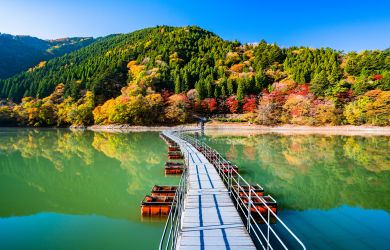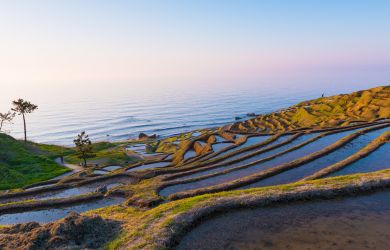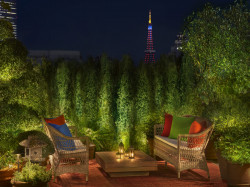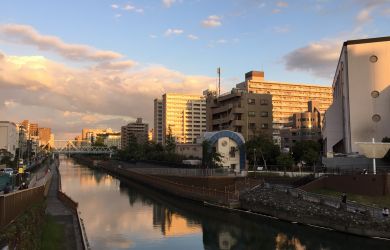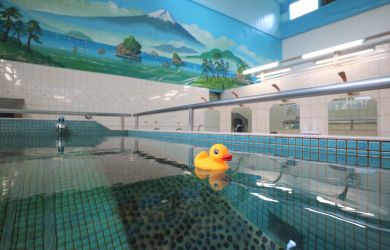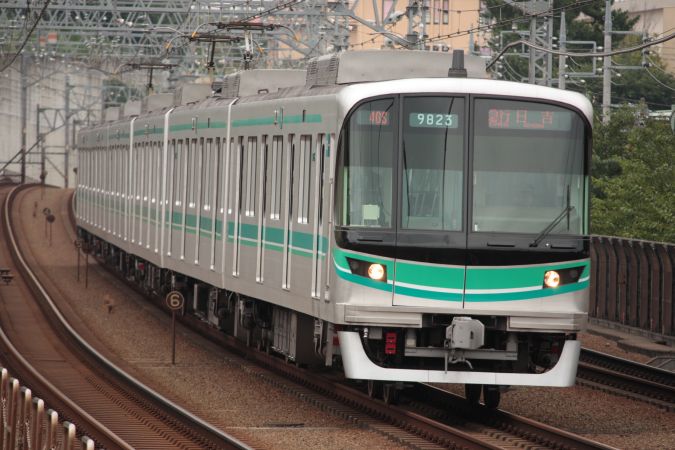
Completed in 2000, the emerald line of the Tokyo Metro Namboku Line is the city’s second youngest subway member. Connecting Tokyo’s modern business and entertainment districts in the south with the retro charm of its northern wards, the line’s 19 stations run through the capital in a straight south-north line, offering a little something of everything for everybody.
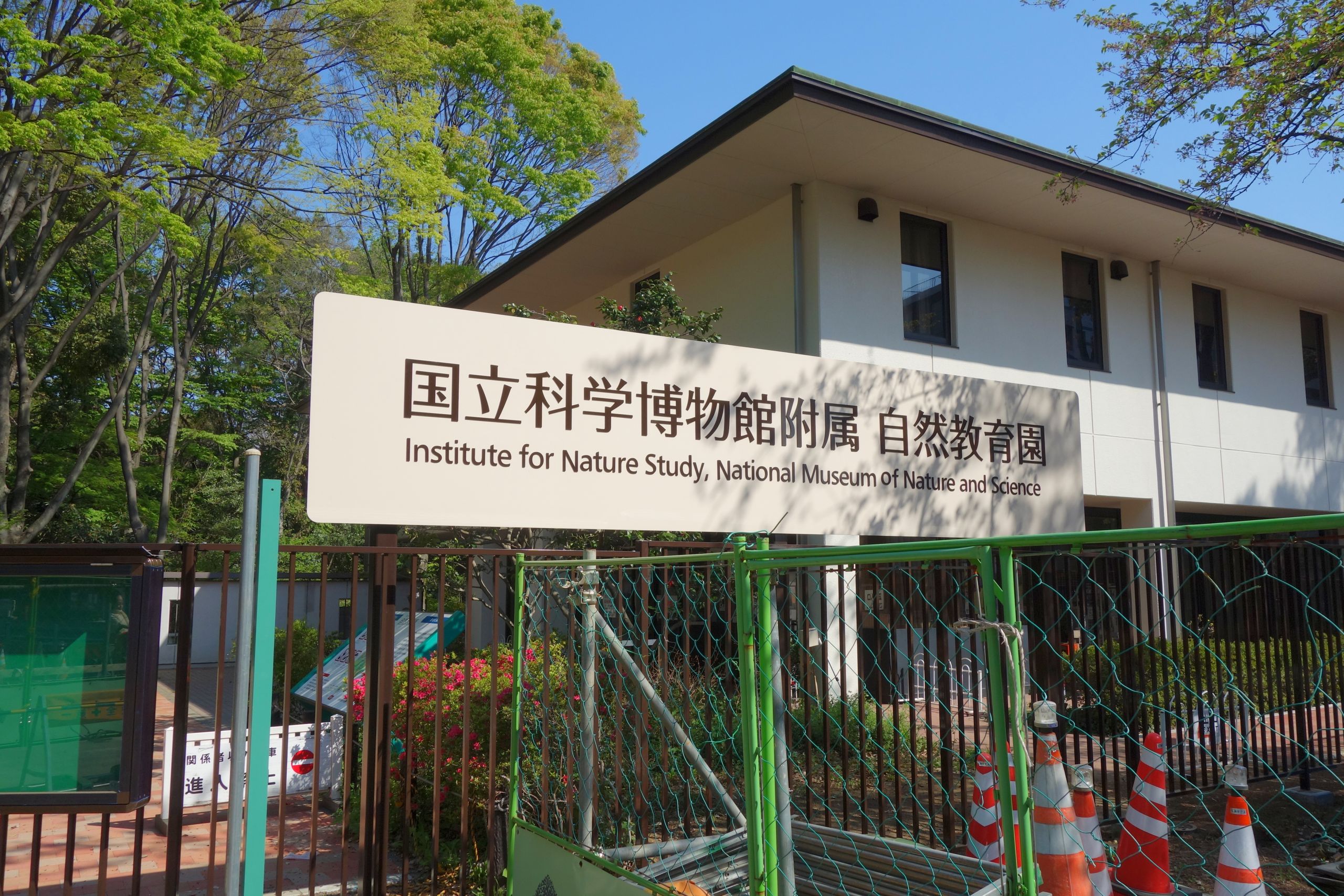
Opening up with Meguro Station, the line’s entertainment credentials begin with a bang thanks to The Live Station. Hosting live music events since 1986, Live Station has been a rock for indie bands and the local music scene.
Nature and Tokyo go hand-in-hand thanks to Shirokanedai Station and its easy access to the Institute for Nature Study. A sanctuary for Tokyo’s native flora and fauna, this huge natural space seems a world away from the rest of the capital.
A somber reminder of Japan’s traditional warrior culture, Shirokane-Takanawa Station leads to the site, just behind Takamatsu Junior High School, where 16 of the now legendary 47 ronin committed ritual suicide after their infamous arrest.
Juban Inari Shrine is a short stroll from Azabu-Juban Station. Steadily popular with locals seeking fortune in life and business, the shrine features statues of the Seven Lucky Deities and a Giant Toad giving it an added charm.
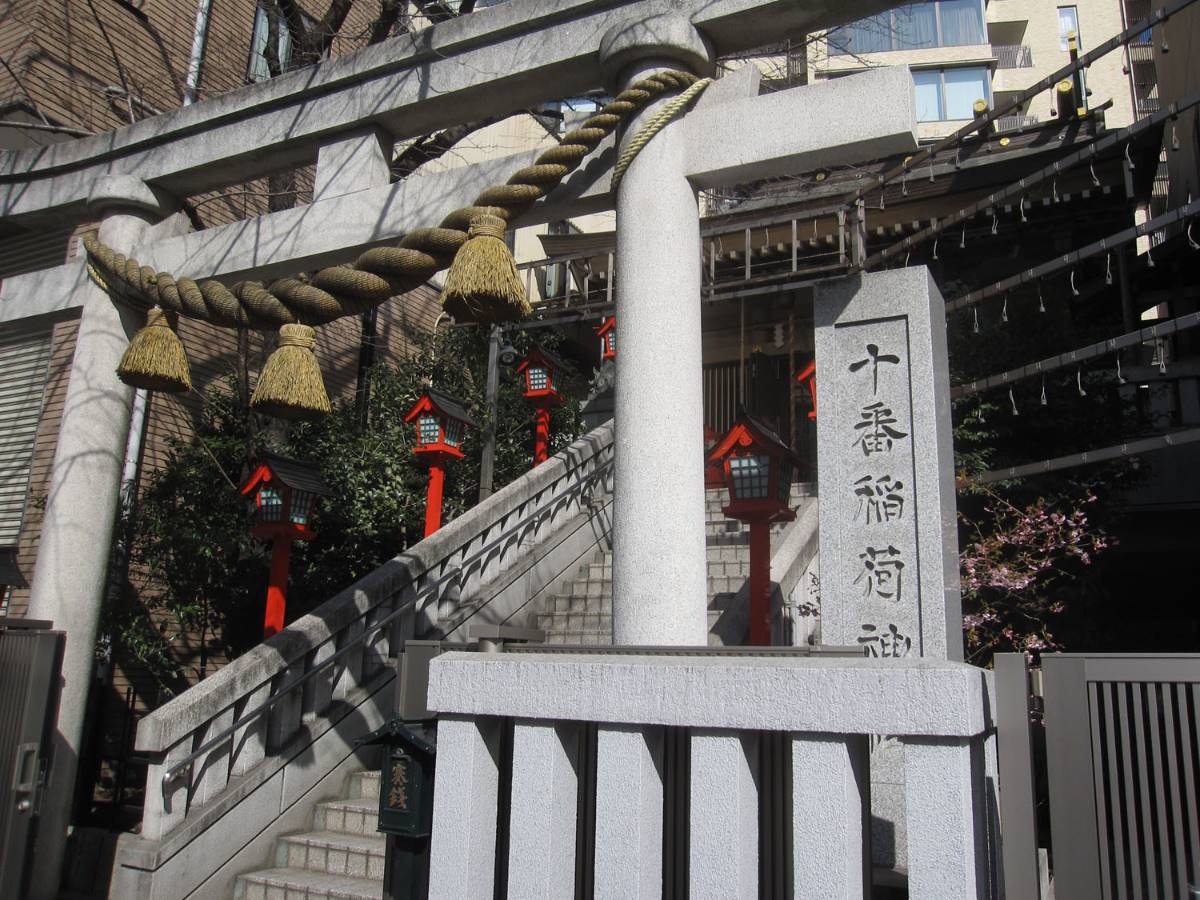
Roppongi-Itchome Station leads to the beautifully serene Sen-oku Hakukokan Museum. Holding the collected works of the Sumitomo family, the museum features classic Chinese and Japanese artworks as well as paintings by Renoir and Picasso.
Noodle lovers will make a beeline for Shinamen Hashigo, right by Tameike-Sanno Station. Famous for their Chinese-style ramen, this noodle bar has been dishing up a smooth version of the spicy TanTan Men classic for over half a century.
Outside of Nagatacho Station, surrounded by a swathe of Supreme Court buildings, is the National Engei Hall. A bastion of traditional theater, the hall hosts classic performing arts including Rakugo comic storytelling and Kyokugei traditional magic shows.
Yotsuya Station offers the majestic State Guest House Akasaka Palace. A National Treasure, this stunning palace represents the pinnacle of Japan’s adoption of European architectural design during the turbulent Meiji era.
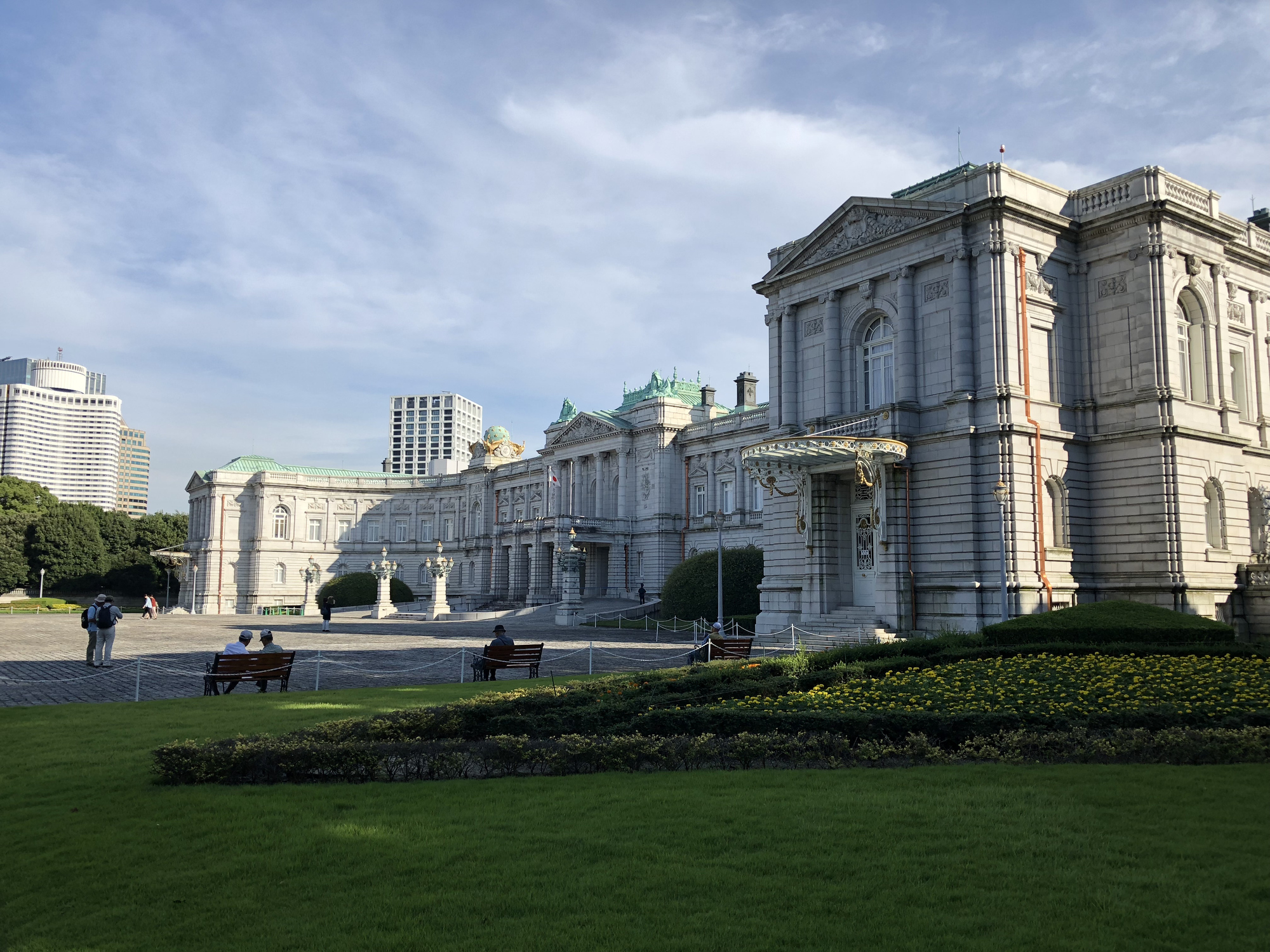
Close to Ichigaya Station, the ubiquitous rice cracker gets a high-end makeover at Sakaguchi. Specializing in arare- and kakimochi-style crackers, the attention to detail in both flavor and presentation make their cracker boxes a perfect souvenir.
From Iidabashi Station, in a chic alley off the ever-popular Kagurazaka main street, lies Kuzuryu Soba. Handmade daily, the noodles here are prepared Fukui Prefecture-style and are famed for both their chewy texture and rustic flavor.
Korakuen Station leads to Mitsubachi, a confectionery store with over 100 years of history. Originally an ice cream business, the owner’s accidental discovery of frozen azuki beans eventually led to their signature dish, Ogura ice cream.
Just outside of Todaimae Station sits the 17th-century Saikyo-ji Temple. Featuring an Edo-period bell tower and front gate, the temple offers traditional Shakyo sutra hand-copying sessions on the first Tuesday of each month.

Delightfully popular with the locals is Iwafune, an okonomiyaki restaurant close to Hon-Komagome Station. Serving a classic but firm take on okonomiyaki, this cozy restaurant also features a decent ala carte menu.
From Komagome Station, hidden past the stunning and trip-worthy Rikugien Garden, lies the ever-homely and inviting ‘cafe & deli COOK’ cafe bar. Pasta, quiches and genuinely friendly staff make the cafe a lovely chill spot.
Right by Nishigahara Station sits Nanasha Jinja. Established almost a thousand years ago, the shrine enshrines the semi-legendary 14th and 15th emperors of Japan and is home to the giant Gankake Icho ginkgo tree.
Oji Station provides perfect access to family-friendly Asukayama Park. One of the first to be opened in Tokyo, this public park comes with some 650 cherry blossom trees, three museums, and possibly the world’s tiniest monorail.
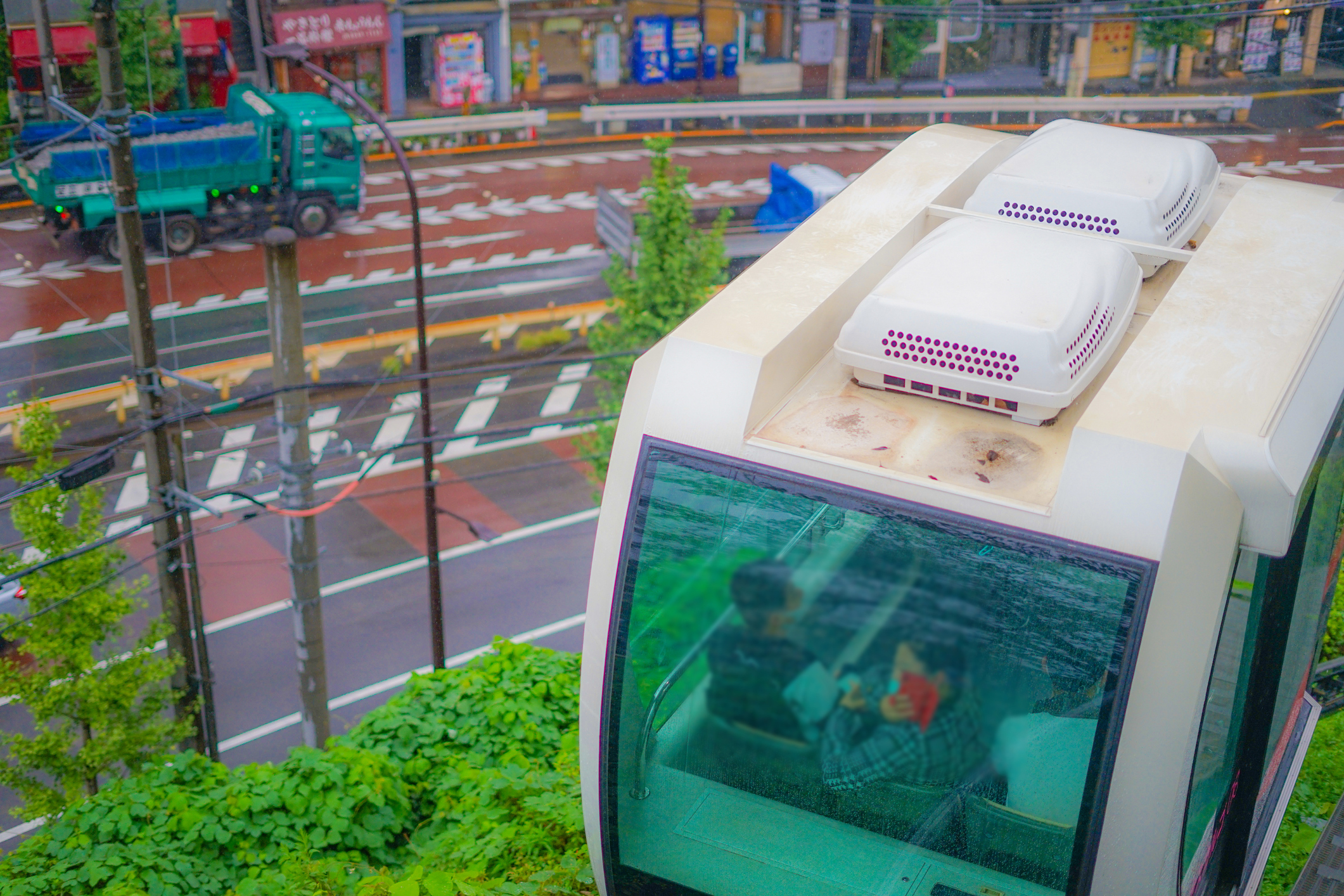
A definite residential ambience surrounds Oji-kamiya Station and its neighborhood gem, 428 Coffee Shop. Comfy, cozy and caring, the cafe serves a varied menu that includes coffee jelly and freshly baked cheesecakes.
A stroll from Shimo Station leads to some quality handmade udon noodles at Teuchi Udon Sumita. Aside from their firm noodles, this noodle bar also dishes up some succulent tempura and heartwarming oden hot pots.
The line’s final stop, Akabane-Iwabuchi Station, lies deep in Tokyo’s northern districts close to the famous Arakawa River. Heading to the river, visitors will find the sprawling Arakawa Akabane Park. With its spacious river setting, cherry blossoms and seasonal floral colors, the park is the perfect ending to the Namboku Line’s discovery of Tokyo’s never-ending ability to satisfy.
The Tokyo Metro Namboku line can be explored using a Tokyo Subway 24-hour (¥800), 48-hour (¥1,200) or 72-hour (¥1,500) ticket.
